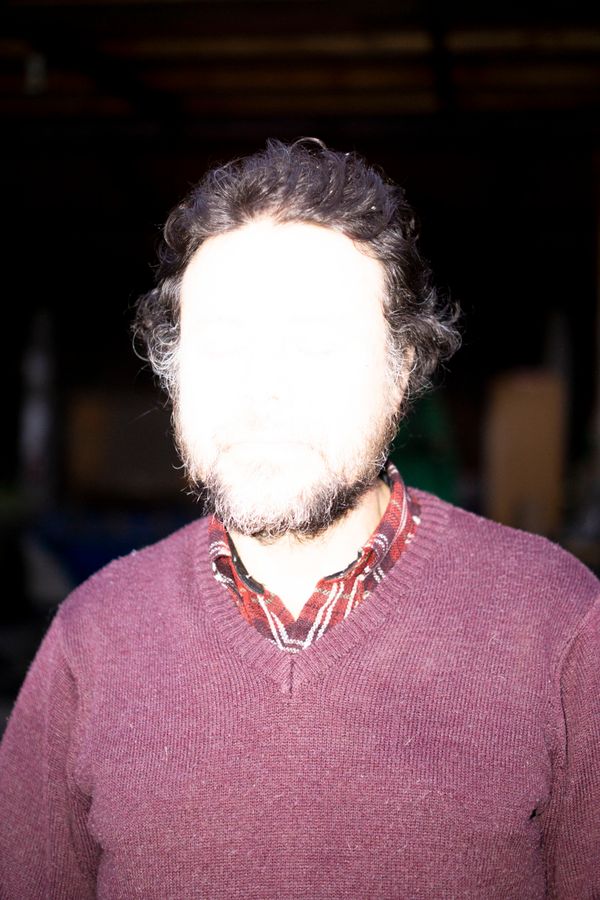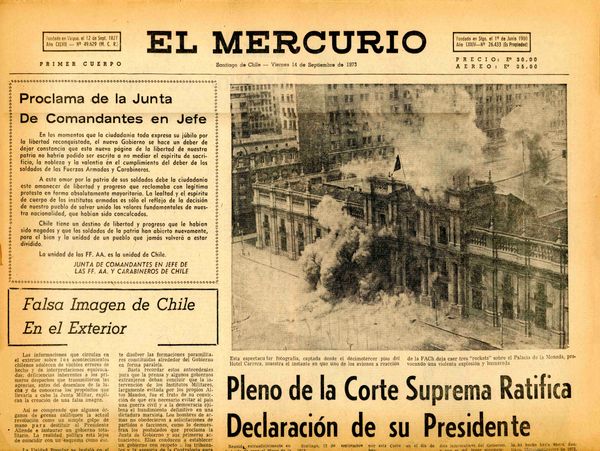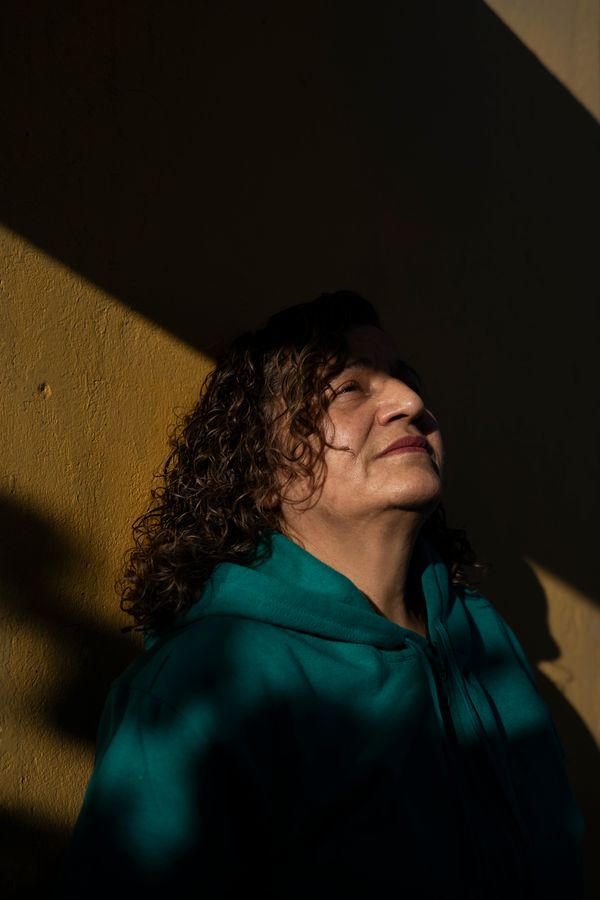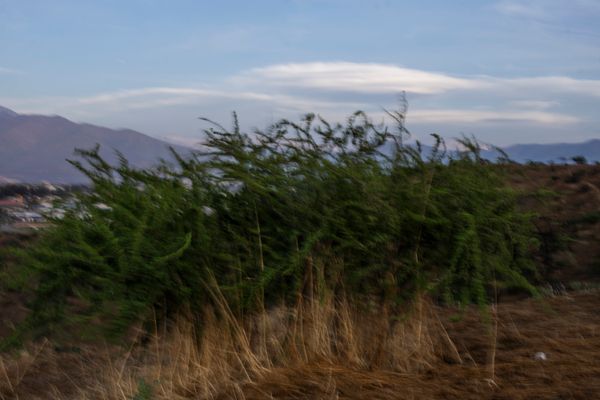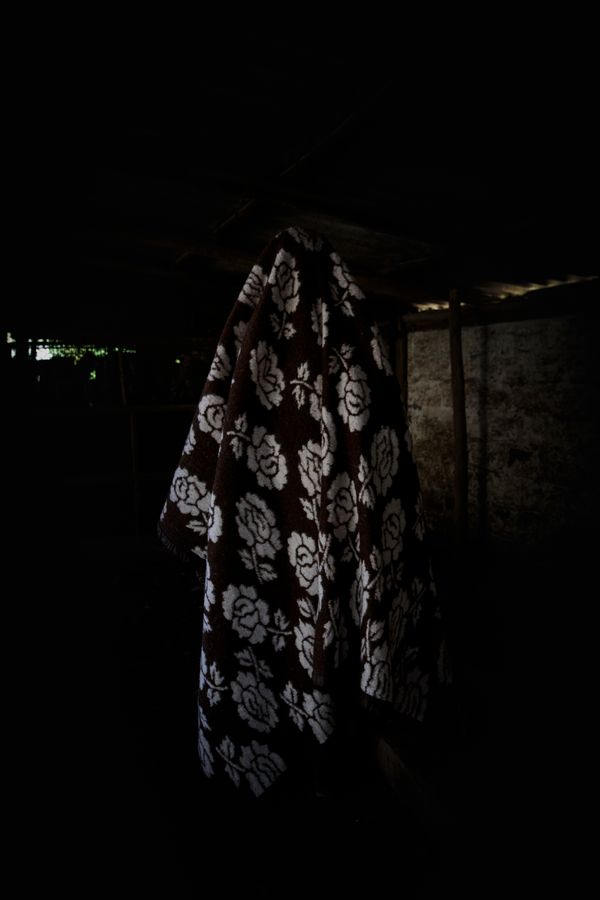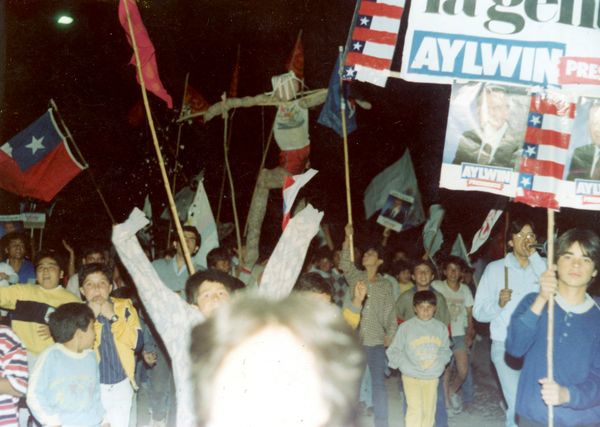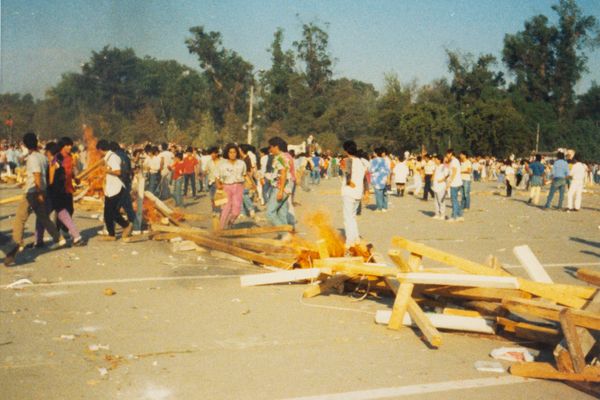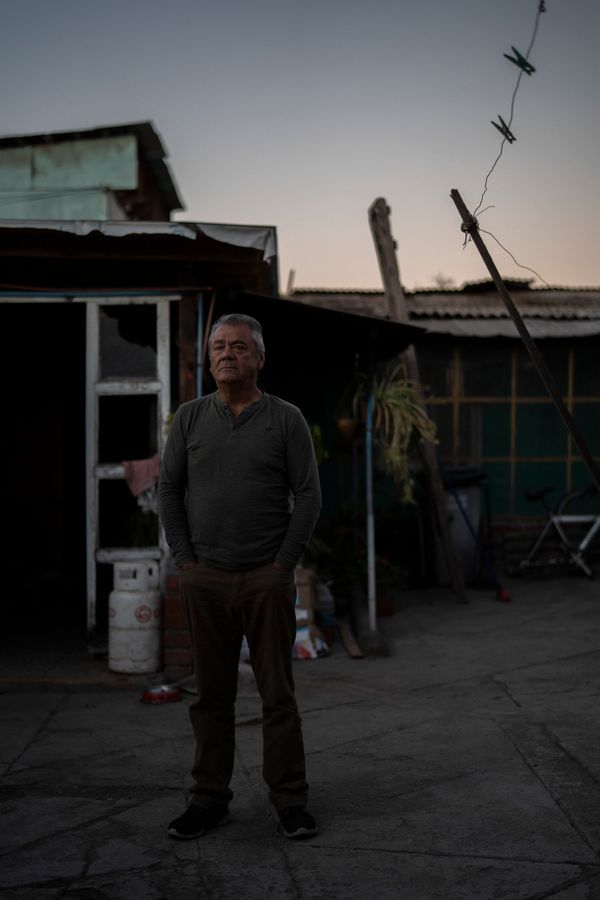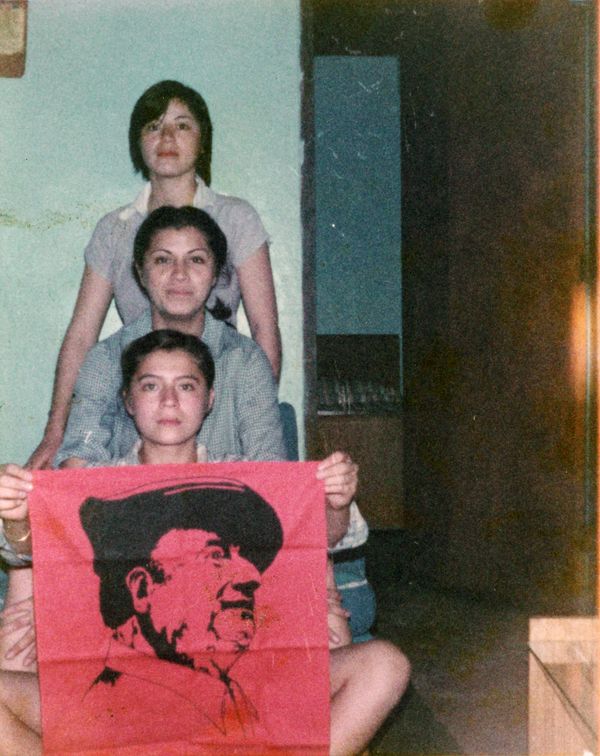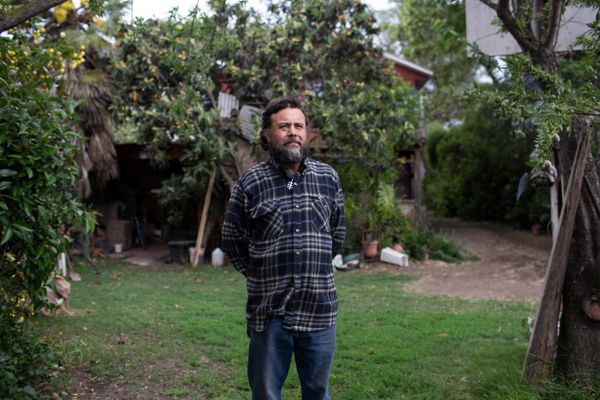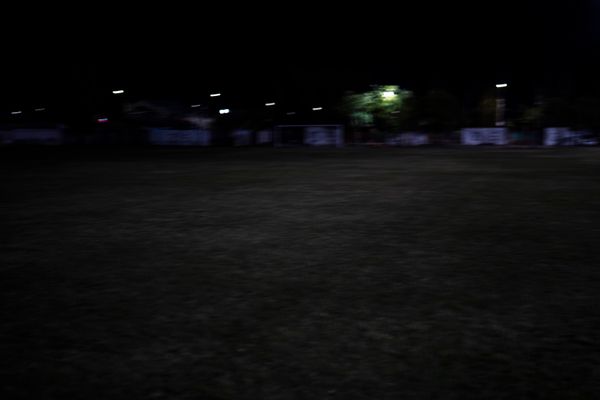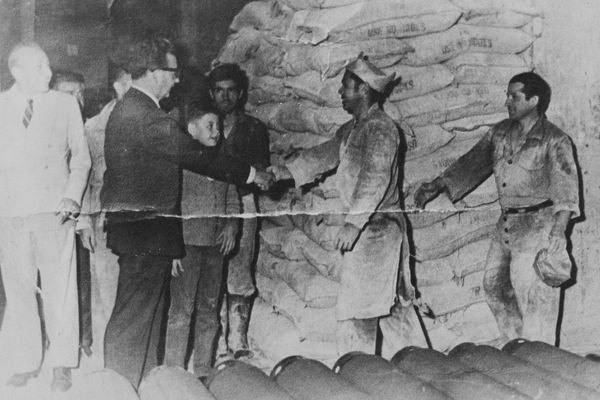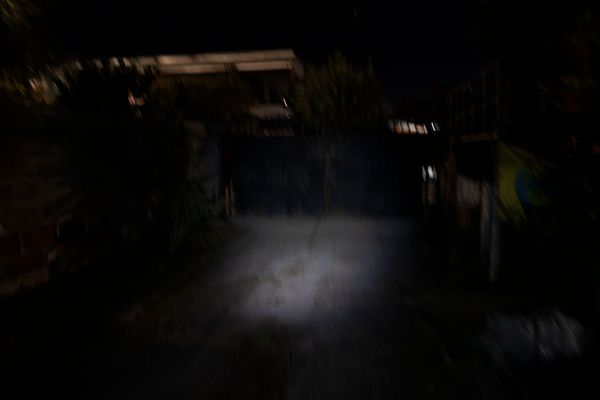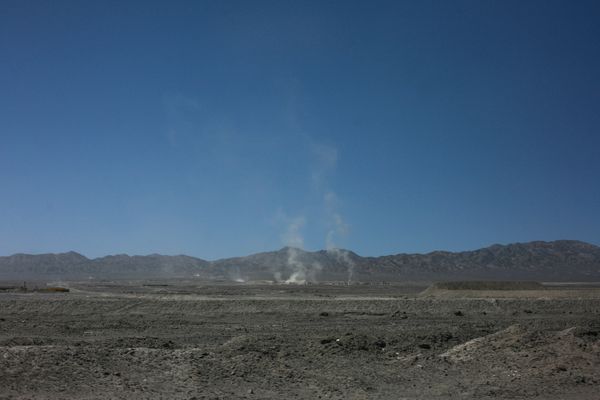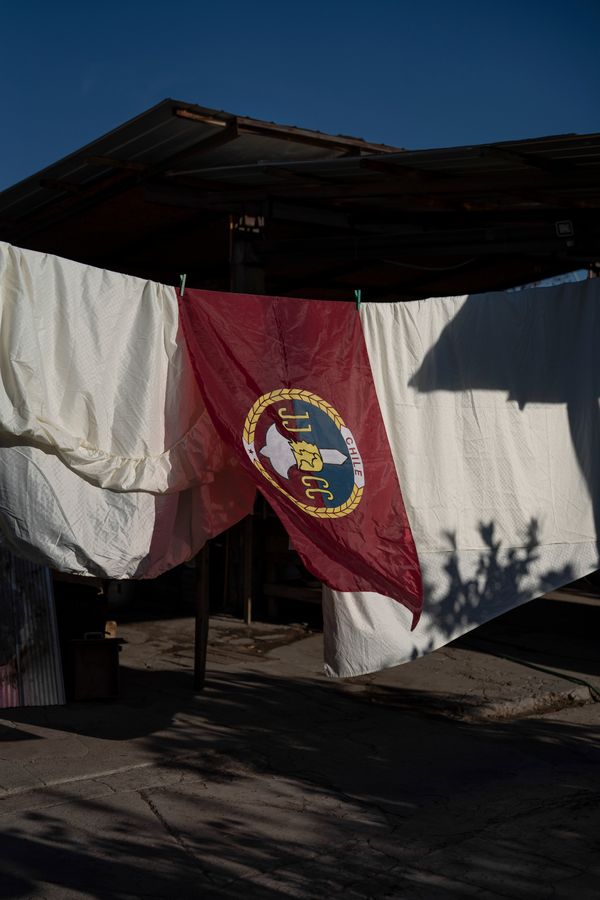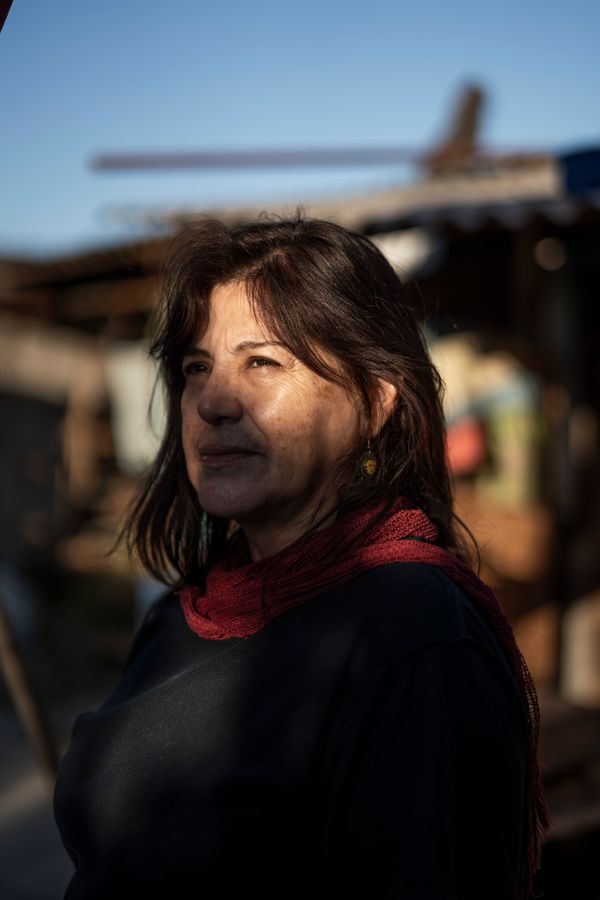En mis sueños el amaranto floreció
-
Dates2021 - Ongoing
-
Author
Through memories and images, this book reconstructs the memories silenced by the dictatorship. Militancy and resistance arinextricably e intertwined in an intimate family story tharevealsws how the pasremainsll present in their daily lives.
“In my dreams the amaranth bloomed” deals, through different stories, with a memory that germinates underground and that, despite the silence, sprouts again. This project traces the intimate and political history of a family affected by the Chilean dictatorship, a family where repression left marks that time has not been able to erase.
Through images, memories, and voices, this project reconstructs the story of the González Muñoz family, whose life faced the 1973 coup d'état. For years, silence was the only possible way to continue. However, with the social outburst of 2019, that dormant memory was reactivated. History knocked on the door again, bringing with it the faces of Ester and Alfredo, and their sons and daughters: Maria, Miguel, Soledad, Juana, Ana, Rosa, Luis, Estrella, and Sonia, who, in the 1970s, from precariousness and hope, militated for a different Chile.
The history of this family, in addition to being marked by their political commitment, is also marked by the harsh conditions in which this commitment was forged. The González Muñoz family lived in a reality of daily scarcity, where work was unstable, resources limited and opportunities scarce. They did not know the calm of material security, but they had the deep conviction that a fairer country was possible.
This work shows the folds of a story: the different ways in which the dictatorship crossed a family, both in the time when it happened and in what came afterwards. There are stories of militancy, fear, resistance and memory.
Although the regime ended, what it left behind continues to operate: in the model, in the absences, and in the way it still avoids speaking. This photobook moves between the intimate and the political, and in that duality, a broader question opens up: what do we do with what we inherited?
The dictatorship was not just an episode of the past; it was a fracture that seeped into homes and into bodies. This work tries to listen to those buried memories, to allow them to speak. It is an invitation to look in front of what was erased, to recognize the traces that persist in common lives and in the stories that were never fully told.
